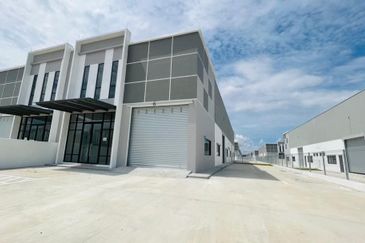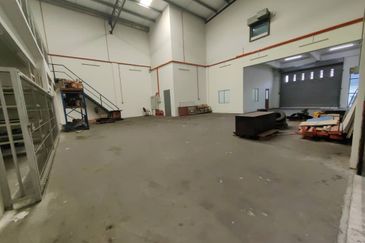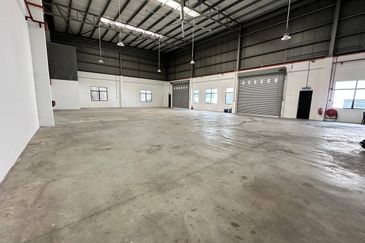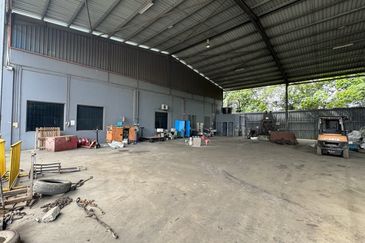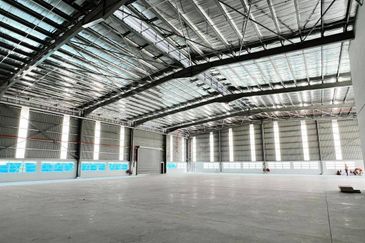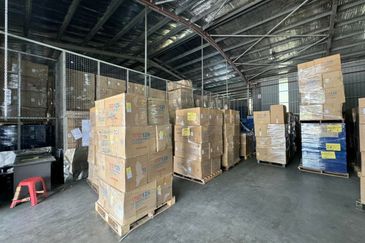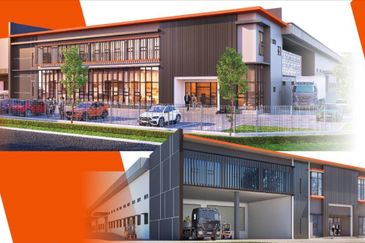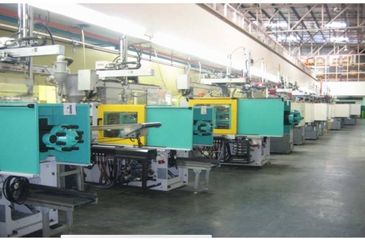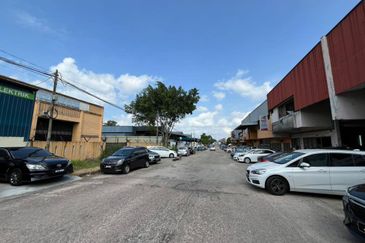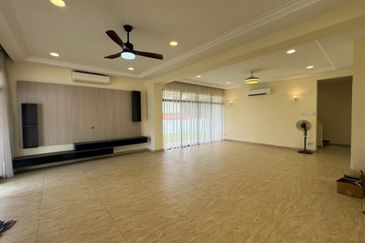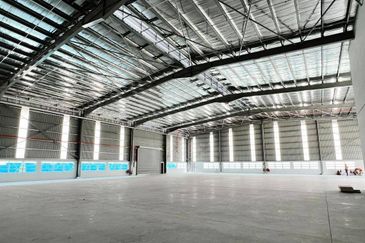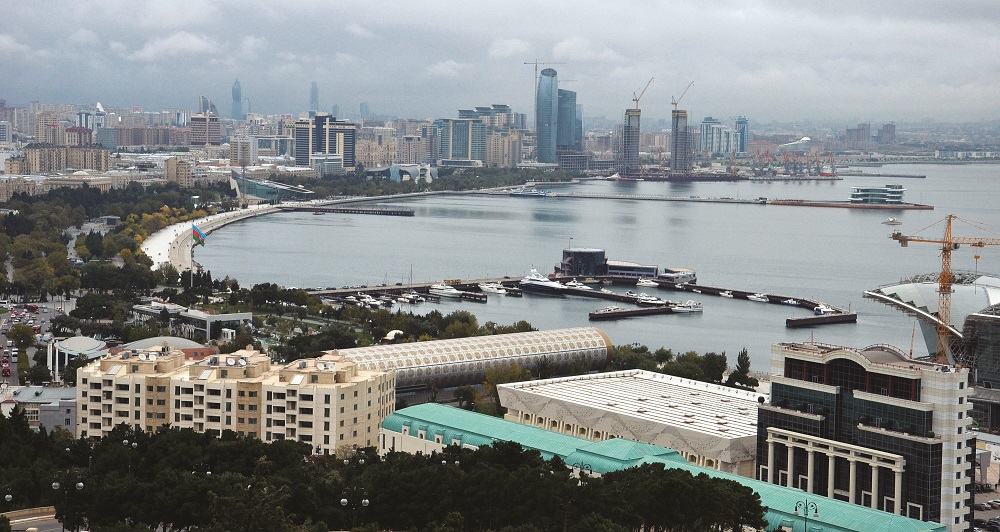
BAKU, the capital of Azerbaijan, is an oasis in a wasteland littered with untidy cement-block buildings, industrial machinery and gritty towns with sad mini-markets. Except that it is not a wasteland. Hundreds of oil derricks pump oil and gas from the soil, in an area so rich in the resource that a nearby place is named after an oily swamp that camels got bogged down in. Early travellers warned against the apparent incendiary quality of the air; oily muck seeped from the ground in many places, and on the side of a hill, a natural gas fire has been burning for centuries.
Fire is inextricably linked with Azerbaijan, for the very name of the country refers to “fire”, both for the natural gas fires as well as the cult of fire worship long practised in the area. The earliest mechanical oil well in the world was sunk in Azerbaijan, with the proverbial black gold so plentiful that the country was responsible for almost half the world’s supply in the early 20th century. Oil barons of various nationalities thrived on the country’s generous oil resources.
A most modern city
Baku comes as something of a shock after miles of dreary, empty country. Modern highways are lined by generous sidewalks with manicured grass and tall trees, expensive German cars populate the roads and the police drive contemporary BMW 3-series cars.
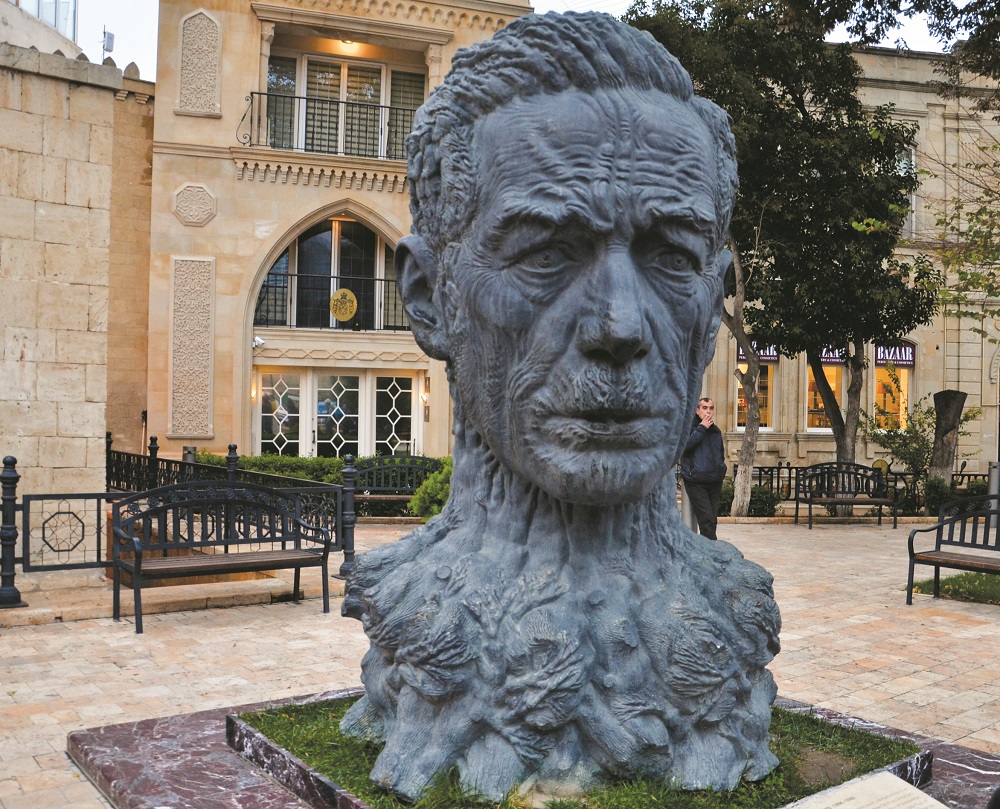

The glitz is only just beginning. This is a city with swagger and ambition. In June last year, it hosted the F1 European Grand Prix for the first time on its city streets and in 2015, it hosted the first European Games, with over 50 participating countries. It is set to host the Islamic Solidarity games in May this year and, beyond that, UEFA Euro 2020.
Many of the buildings are showpieces, such as the Zaha Hadid-designed swoopy Heydar Aliyev cultural centre, or the semi-unfurled carpet design of the Azerbaijan Carpet Museum. The world’s tallest building is reportedly under construction, but the most prominent landmark of the city skyline is the appropriately-named Flame Towers, a flamboyant piece of engineering that sets superlatives in being the current tallest skyscraper in Baku, resembling three tongues of flame reaching into the sky.
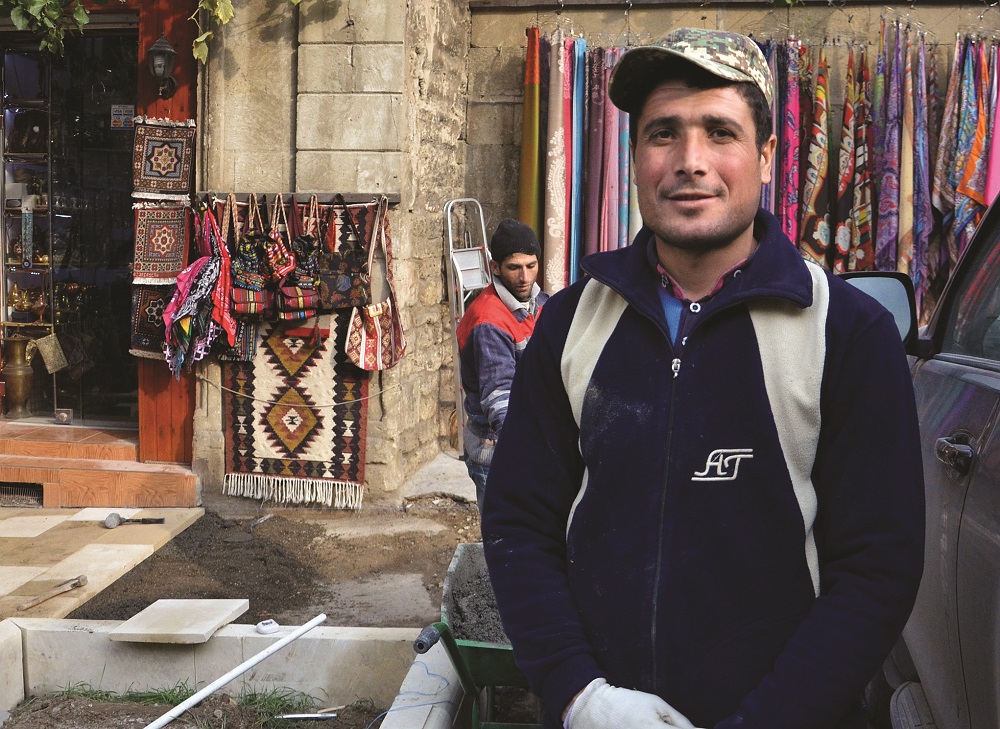
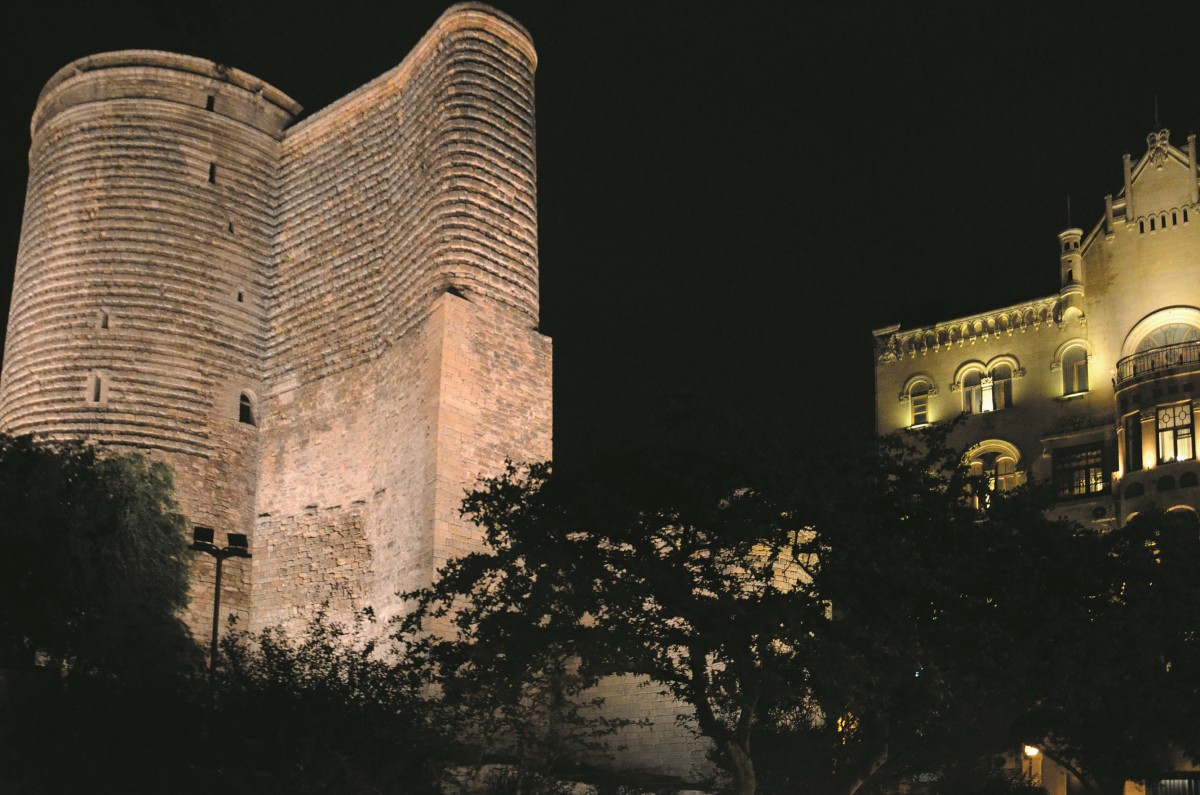
The architectural splendor of its buildings is matched by the surroundings, which boast tree-lined, grassy promenades by the sea and open parks. Martyrs’ Lane, a solemn tribute to those killed in the Nagorno-Karabakh war of the 1990s, is set beside a vantage point that provides a spectacular panorama of the city. The grace and beauty of the city belie the fact that Azerbaijan was once a part of the Soviet Union, with its penchant for unimaginative and ugly socialist-style architecture for most of the 20th century.
Of sea and setting
Baku is set on a peninsula jutting out into the Caspian Sea, an inland lake so vast that it is, to all intents and purposes, the open sea with its menagerie of fauna, including the fabulous sturgeon, best known for its roe, coveted by connoisseurs around the world as caviar. Baku is about 30m below sea level, making it the lowest capital city in the world. Just offshore is a small and unremarkable sandy island. When the level of the Caspian Sea was lowered by an earthquake, the remains of a mighty castle, called Bayii Castle, were exposed. Stone artifacts recovered from the castle, which is once again submerged, can be seen in a museum in the Old City.
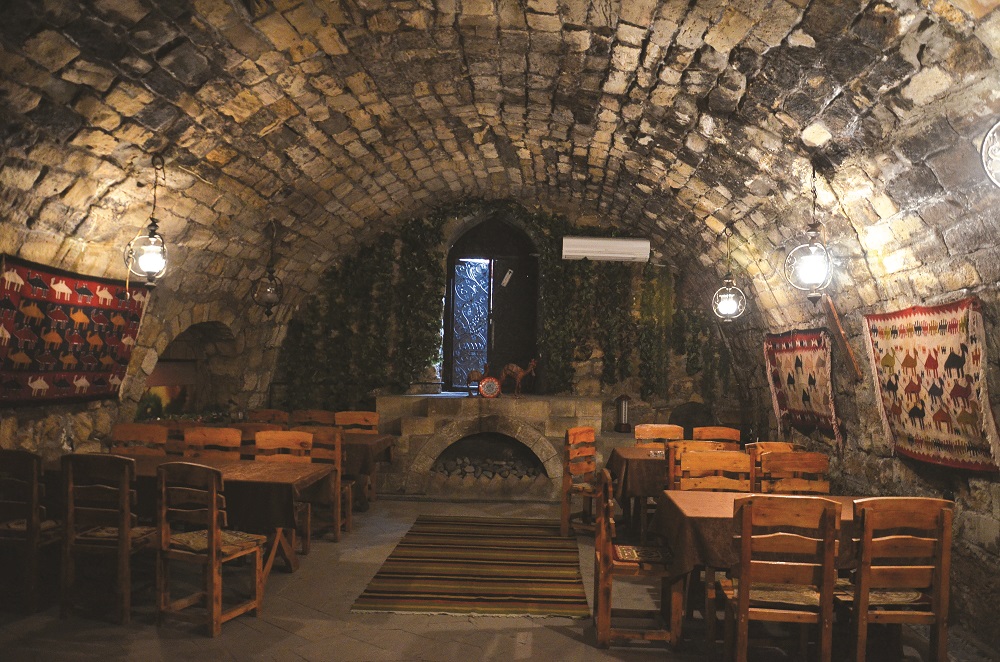

Roughly translated, Baku means the Windy City, a testament to the winds that scour this part of the world. The area seems inhospitable but it has been inhabited for millennia, as the nearby petroglyphs at Gobustan, now a Unesco World Heritage Site, attest, for the area was once far more lush than it is today.
In the Old City
Baku is not all modern glitz and glamour. At its very heart is the Old City, a Unesco World Heritage site since 2000. The Old City is walled, with much of the outer wall intact or reconstructed. Outside the Old City walls, modern Baku was built largely on money from the oil industry. The Old City is estimated to be 1,000 years old. There are narrow alleyways, a couple of caravanserais (inns), small, narrow residences and stone buildings with interesting details. The most characteristic building of the Old City is the Maiden Tower, which is an emblem of the country featured on its currency notes.
Graceful, intriguing and formidable, the Maiden Tower comprises two sections, a lower, older section with smooth walls, estimated to date back to the 6th century or earlier, and an upper section with ribbed walls, estimated to date back to the 12th century, following the architectural curves of the original building. It is thought that the original building was a Zoroastrian temple. There are several legends about the tower’s name, one being a metaphor for virginity, given the fact that it has never been conquered.
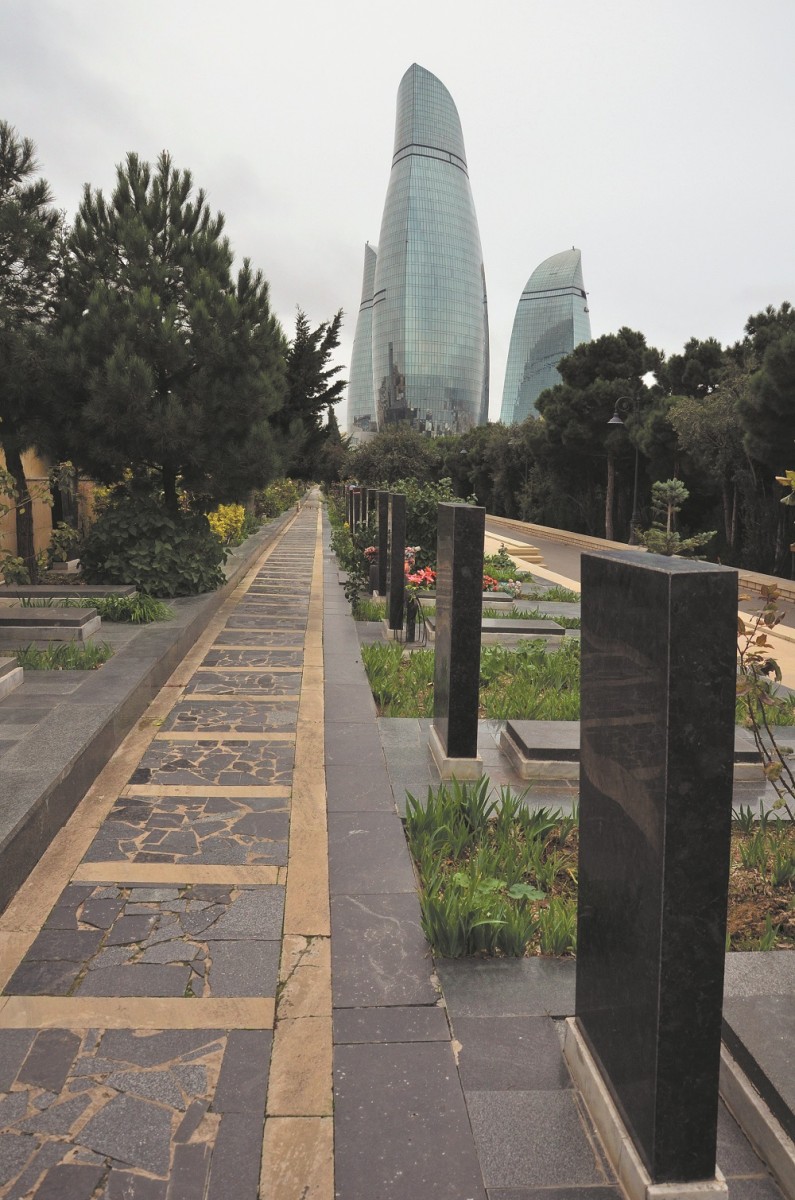
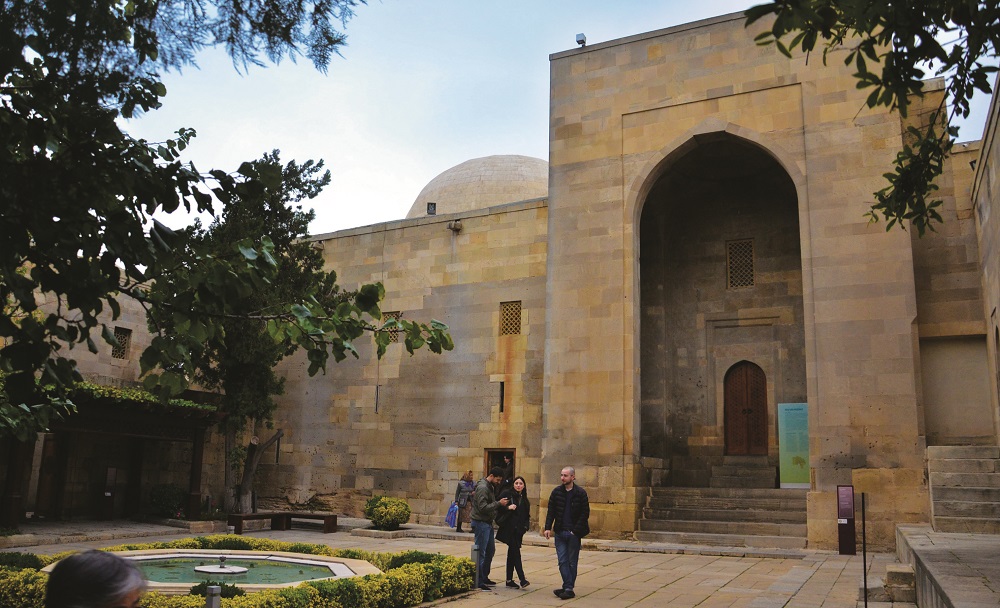
Also within the Old City, is the Shirvanshah Palace, a 15th-century complex of graceful, grand architecture, hearkening back to a period of imperial wealth and indolence, as well as providing insights into the royal life of the period, with halls, rooms, a mausoleum, a bath house and prayer rooms. The complex is now a museum. A short distance away is the museum housing relics of Bayii Castle, complete with a movie hall
Old and new
Baku merges the ancient with the ultra-modern, a juxtaposition of history and culture with towering ambition and attitude. Where the Old City once had functioning caravanserais of the ancient Silk Road, modern Baku has luxury hotels and a lively night scene with a wide assortment of dining and entertainment choices. The ultra-sleek architecture and wide highways of modern Baku are marked contrasts to the solid stone buildings and narrow cobbled alleys of the Old City, with its cobbled, narrow alleys. Culture and history define old Baku, while oil revenue drives modern Baku inexorably into the future.
This article first appeared in Options, a pullout of The Edge Malaysia Weekly, on Jan 30, 2017.
For more stories, download TheEdgeproperty.com pullout here for free.
TOP PICKS BY EDGEPROP
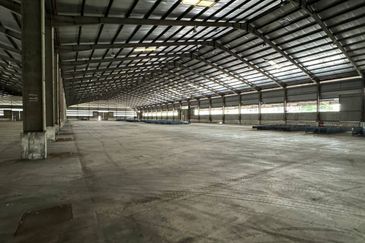
Perindustrian Pasir Gudang
Pasir Gudang, Johor
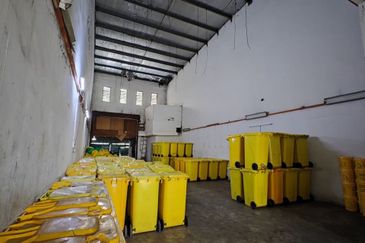
Kawasan Perindustrian Mount Austin
Johor Bahru, Johor

Taman Perindustrian Desa Cemerlang
Ulu Tiram, Johor

Taman Perindustrian Desa Cemerlang
Ulu Tiram, Johor

Taman Perindustrian Desa Cemerlang
Ulu Tiram, Johor
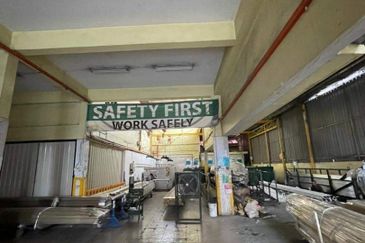
Taman Perindustrian Desa Cemerlang
Ulu Tiram, Johor
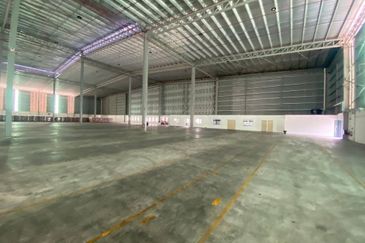
Perindustrian Pasir Gudang
Pasir Gudang, Johor

